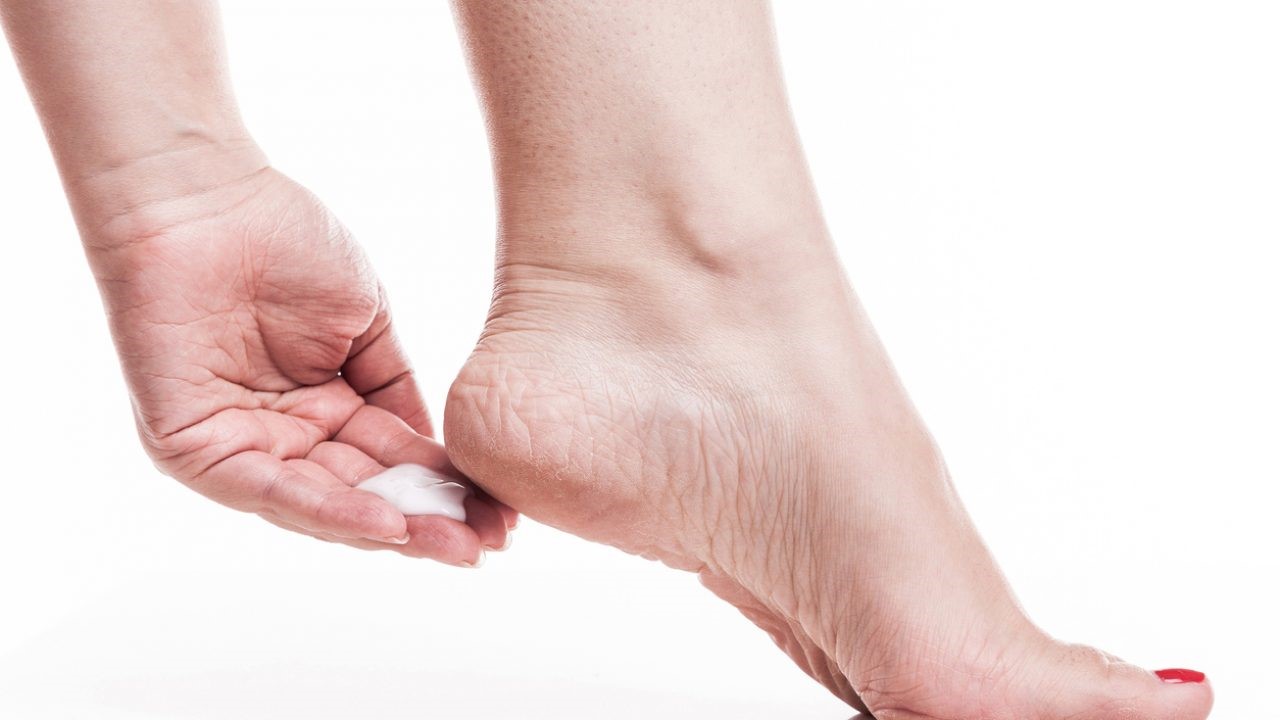
The desire to wear the lovely strappy sandals may be thwarted by dry, cracking skin on your feet. Cracked feet, on the other hand, aren’t only an eyesore. Standing and walking can become unpleasant and even excruciating if extensive fissures and cracks form.
Furthermore, microorganisms could penetrate your skin through these cracks and induce diseases. Inadequate moisture is the most common cause of heel cracks. Such cracks could become inflamed and bleed. Let’s get into the causes of heel cracking in cold weather.
Putting Too Much Pressure on Your Feet
Although dryness is among the first symptoms that your feet are in distress, applying too much pressure on them might cause them to split. Extra strain on the fat pad beneath your heels causes it to stretch outward, cracking and breaking the hard, dry skin there. Standing for longer durations, being heavy, and wearing boots that are bare in the back and don’t cushion the fat pad beneath your feet are all variables that might increase strain on your feet.
Inherited
People who have diabetes and those with certain major health issues are more likely to develop cracked heels. It is the same with children who are obese. DNA has also been found to play a role in a human’s chance of being a sufferer. In truth, everybody is vulnerable to becoming a victim. A detailed examination of a person’s regimen will typically reveal the source of their cracking heels if they are typically healthy.
Athlete’s Foot
A fungal illness that infects the feet is known as an athlete’s foot. This fungus thrives in damp, warm environments, and your feet are ideal for it. It is highly infectious and could be contracted by direct touch with diseased skin or via indirect exposure to infected items such as socks, footwear, and bathroom floors.
Peeling, flaking, and cracked skin on the arch of your heel or between your toes are common side effects of an athlete’s foot. If you develop this illness, you can receive a stinging or burning sensation, blisters, reddish skin, and itching. Covered shoes can increase your risk of contracting it, particularly if they’re made of plastic and don’t allow your feet to air.
Loss of Natural Moisture in the Skin
The lack of moisture is perhaps the most typical cause. The epidermis on the underneath of the heel is prone to drying up and becoming hard. This is owing to the lower density of sebaceous glands in the region. Sweat glands work to ensure natural hydration levels in and on the surface of the skin. As skin dries out, it loses its softness and flexibility, making it more susceptible to cracking.
Psoriasis
Psoriasis is a skin condition that causes dry, flaky, reddish areas of skin with silvery scales. These can be painful or itchy at times. Psoriasis can appear on your knees, elbows, lower spine, or scalp, among other places. Although the actual cause of this disorder is unknown, it is assumed to be caused by a faulty immune system that destroys healthy skin cells by mistake. Signs of this illness can be triggered by a variety of things, including throat infections, skin injuries, and some drugs. Psoriasis patients create an abnormally large number of skin cells. This causes a build-up of skin cells and the formation of the typical patches of this illness.
Sunburn
You may very well be aware that the sun’s damaging UV radiation can injure your skin. If you spend too much time in the sun, you may develop red, painful skin that peels after a few days. Even if we aren’t aware of it, our feet might get sunburned.
Hygiene
The condition of our feet is dependent on proper hygiene. Cleaning thoroughly is essential for your health. Feet are constantly in contact with the ground, exposing them to a variety of dangers. During the summer, the risk of exposure increases. This is the time of year when you’re more inclined to wear sandals or no shoes at all. When the foot is subjected to the open air for extended periods, the skin dries significantly faster, making the heels more susceptible to cracking. Cracked heels can be avoided by using moisturizing and antibacterial soap solutions.
Footwears
Footwear has a significant impact on a person’s susceptibility to cracked heels. Women are more vulnerable than men due to their footwear choices. Women’s shoe fashion trends demand that the foot be partially or completely exposed, to varying degrees. In the design of men’s shoes, such patterns are far less of a problem.
Open-toed footwear exposes more skin to the environment, increasing the risk of the skin getting overly dry. Shoes with an open back allow the heel to spread, stretching the skin on the back of the heel. Cracking is just about unavoidable as the skin becomes dry and then strained.
How to take care of cracked heels:
- Daily basis, clean your feet. Cleanse your feet with hot water. Dry them thoroughly, paying special attention to the flesh between your toes, which tends to keep damp. Then, inside your toes, add cornstarch or talcum powder. It will help avoid infection by keeping the skin dry.
- Trim your toenails if necessary. Trim your toenails directly through if they need to be cut. Then use an abrasive board to carefully file them down. This will aid in the prevention of ingrown toenails.
- Put on supportive shoes. Begin with a pair of clean, lightly cushioned socks that fit well. Wear shoes that are comfortable and supportive of your feet. Because feet swell as the day goes on, it’s best to buy shoes at the end of the day.
- When going to the beach or walking on scorching pavement, be sure you wear shoes. To protect the exposed portions of your foot, apply sunscreen. Wear socks to bed if your feet are cold at night. Wear lined impermeable boots in the cold months your feet are warm and dry.
